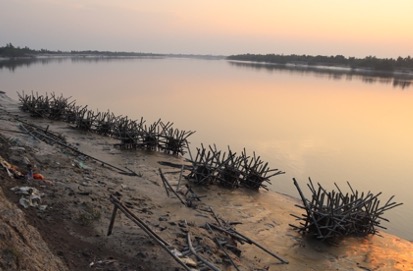A disaster is said to be a social construct because its sudden occurrence disrupts the functioning of a society, causing human, material, economic, cultural and environmental losses that exceed the community’s ability to cope using its own resources. Thus, any natural hazard that leads to loss of human lives and property and damages the surrounding resources and non-human entities can be called a disaster (Wisner et al, 2014; Nadiruzzamam, 2016).
Historical evidence has shown that the region of Sundarbans has faced cyclones and their never-ending fury through time. The oldest recorded evidence is from 1582 AD, when a cyclone swept over Bakergunje, in Bangladesh’s Barishal district (part of Bangladesh Sundarbans), causing a loss of 200,000 lives, hectares of farmland, and many cattle. O’ Malley, in his Gazetteer of 24 Parganas (1914), asserts that there is “no safeguarding against the sudden fury of a cyclone, and its record shows that, though they occur at irregular intervals, these violent storms are far more destructive of life and property than either droughts or floods” (Biswas, 2020).
Read More “Resilience in post-disaster reconstruction: Local knowledge and practice in Sundarbans”
